Partner Login
Enter your username and password here on order to log in on the partner portal:
No registered partner yet?
Register nowHow to Choose the Right Industrial Printer Machine for Your Business Needs
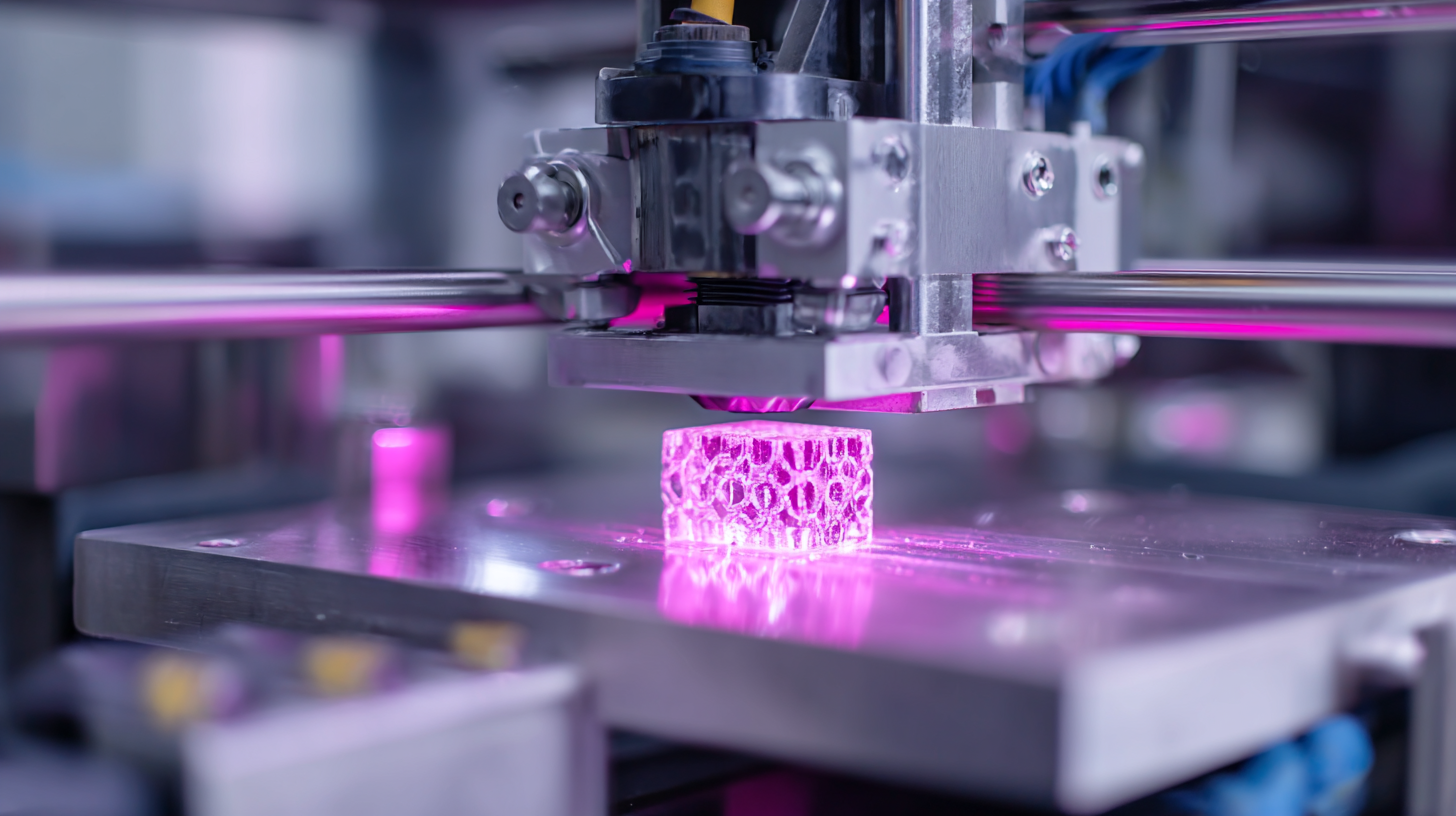 Selecting the appropriate Industrial Printer Machine is crucial for businesses aiming to optimize their production processes and maintain competitiveness in an evolving market. According to a report by Smithers Pira, the global market for industrial printing is projected to reach $230 billion by 2024, driven by the demand for high-quality, customized solutions across various sectors.
Selecting the appropriate Industrial Printer Machine is crucial for businesses aiming to optimize their production processes and maintain competitiveness in an evolving market. According to a report by Smithers Pira, the global market for industrial printing is projected to reach $230 billion by 2024, driven by the demand for high-quality, customized solutions across various sectors.
As industries increasingly rely on automation and digital technologies, understanding the diverse options available—such as inkjet, laser, and 3D printers—becomes essential. Furthermore, the ability to choose the right printing technology can significantly reduce operational costs and increase efficiency while meeting the specific needs of your business.
With advancements in print technology and materials, making an informed decision regarding your Industrial Printer Machine can ultimately enhance product quality and elevate your brand positioning in a competitive landscape.
Understanding Your Business Printing Requirements
When choosing the right industrial printer for your business, understanding your specific printing requirements is crucial. From volume and speed to print quality and paper type, assessing your needs will guide you in selecting a suitable machine. For instance, if your business demands high-volume printing, consider printers known for their durability and efficiency. The recent advancements in dual-sided laser printing technology have set new benchmarks for commercial-grade printers, making it essential to look for machines that offer innovative features and consistent quality.
**Tips:** Determine the types of materials you print regularly. If you mainly produce marketing materials, a high-resolution printer that can handle various paper sizes and finishes will be beneficial. Additionally, analyze your budget against the expected return on investment; ensure that the printer’s capabilities align with your growth expectations in areas like the digital printing market, which is projected to experience significant expansion in the coming years.
It’s also important to factor in future scalability. As businesses expand, so do their printing needs. Opt for a model that offers flexibility, such as adjustable settings and add-on options for different print applications. This foresight will help ensure your printer remains a valuable asset as your business evolves.
Industrial Printer Machine Type Comparison
Exploring Different Types of Industrial Printers
When selecting an industrial printer for your business, understanding the various types of printers available is crucial. Industrial printers are generally categorized into three main types:
inkjet, laser, and thermal printers. Each type has its unique strengths and is suited for specific applications. Inkjet printers are ideal for high-quality color printing and are widely used in industries such as packaging and textile, where vibrant colors are essential. They can print on a variety of surfaces, making them versatile for different materials.
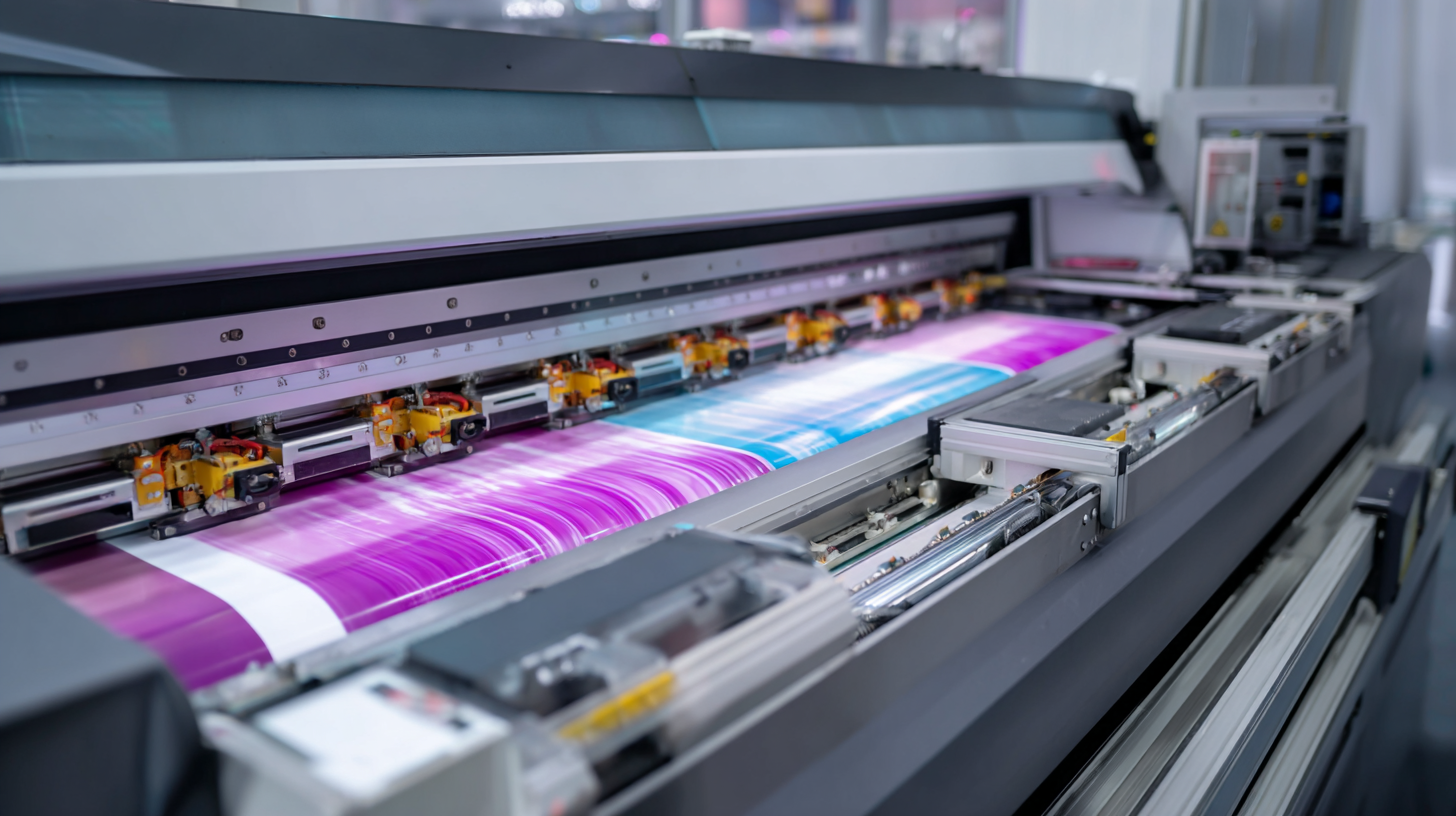
Understanding these differences will help you select the right industrial printer that meets your specific business needs.
Evaluating Key Features and Specifications
When selecting an industrial printer machine for your business, evaluating key features and specifications is crucial to ensure optimal performance and efficiency. One of the primary considerations is print speed, which can significantly impact your productivity. According to a 2023 report by Smithers Pira, high-speed industrial printers can achieve up to 600 images per minute, enabling businesses to meet high-volume demands without sacrificing quality.

Another vital aspect to evaluate is print quality, measured in DPI (dots per inch). A higher DPI results in sharper and more detailed prints, which is essential for applications requiring precise graphics and text. Industry standards suggest that for labels and packaging, a DPI of 300 is generally adequate, while professional-grade applications may require 600 DPI or higher. Additionally, the versatility of the printer in handling different substrates—such as paper, plastic, and metal—can broaden the range of applications for your products. The 2023 global market report from MarketsandMarkets indicates that the demand for printers capable of multi-material printing has been increasing by approximately 12% annually, emphasizing the importance of selecting a machine that supports diverse media types to stay competitive.
Budgeting for Your Industrial Printer Investment
When considering the investment in an industrial printer for your business, budgeting effectively is paramount.
Start by assessing your specific printing needs, such as the volume of prints, types of materials, and the desired print quality. These factors will influence not only the initial purchase price but also the long-term operational costs, including ink, maintenance, and potential upgrades. A well-defined budget should account for these variables to avoid unexpected expenses.
Next, explore financing options that align with your budgetary constraints. Some businesses may benefit from leasing equipment instead of purchasing outright. Leasing can lower upfront costs and allow for a more flexible financial approach, especially for rapidly evolving printing technologies.
Additonally, factor in the costs of training employees on the new equipment and integrating the printer into your existing workflow. By thoroughly analyzing both the initial expenditure and ongoing costs, you can make a more informed decision that aligns with your business's financial health and growth objectives.
Assessing Support and Maintenance Options
When choosing an industrial printer machine, assessing support and maintenance options is crucial for ensuring smooth operations and minimizing downtime. A reliable support system can significantly influence your business’s productivity, so take the time to evaluate these aspects carefully.
**Tips:** Before committing to a purchase, inquire about the warranty and service agreements offered by the manufacturer. An ideal support structure should include access to technical assistance and rapid response times for repairs. Ensure that the manufacturer has a strong reputation for customer service, as this can save you from potential headaches in the future.
Additionally, consider the availability of replacement parts and accessories. A printer that requires unique components may lead to delays if something breaks down. **Tips:** Research how easily you can obtain these parts locally or through online sources. It’s advisable to choose a model that uses standard parts to simplify maintenance and repair processes, allowing your business to maintain operational efficiency.
How to Choose the Right Industrial Printer Machine for Your Business Needs - Assessing Support and Maintenance Options
| Feature | Option A | Option B | Option C |
|---|---|---|---|
| Print Speed | 30 pages/min | 45 pages/min | 25 pages/min |
| Print Resolution | 1200 x 1200 dpi | 2400 x 1200 dpi | 600 x 600 dpi |
| Connectivity Options | USB, Ethernet | USB, Ethernet, Wi-Fi | USB |
| Maintenance Options | On-site support | Remote support | Self-service |
| Warranty Duration | 2 years | 3 years | 1 year |
| Average Cost | $1,500 | $2,500 | $1,000 |
Related Posts
-
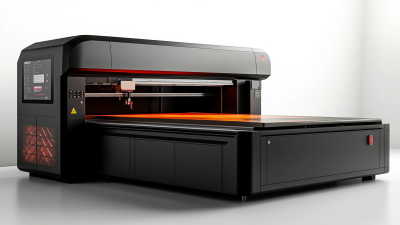
5 Best Industrial Printer Machines for Efficient Production in 2023
-
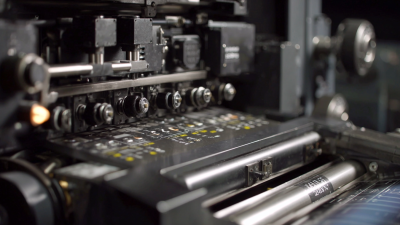
Exploring the Unique Features and Applications of Various Best Printer Machines
-
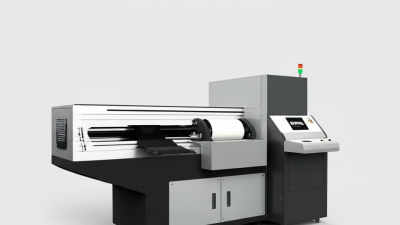
7 Secrets of the Best Industrial Printer Machine You Never Knew
-
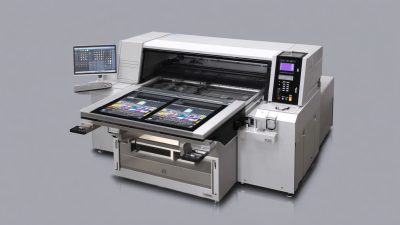
Understanding the Differences Between Continuous Inkjet Printers and Other Coding Technologies
-

Empowering Global Industries with Innovative Industrial Inkjet Printing Solutions
-

Effective Techniques for Maximizing Efficiency with the Best Coding Machine